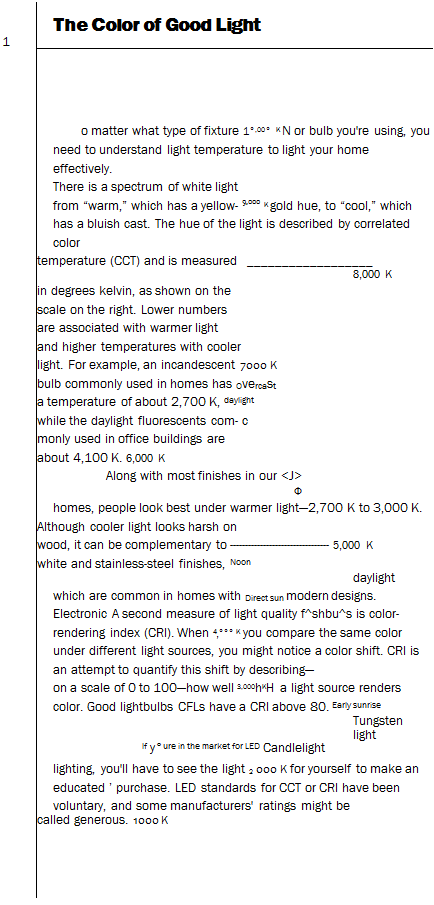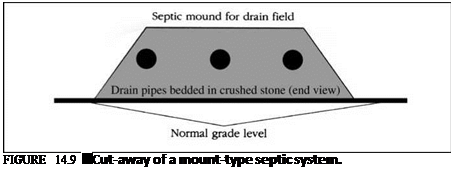Light-Emitting Diodes Are the Future
LEDs are a Silicon Valley technology, manufactured in a clean room, just like a computer chip. Electrical current runs through the 1-sq.-mm chip, exciting the electrons and creating light. A small bulblike cover focuses the light. LEDs can’t actually produce white light; white light must be created either by combining colors or by using a phosphor coating inside the bulb.
The lighting industry is betting heavily on forging ahead with significant advances in white-light LED technology in the next few years. Many of today’s LEDs, however, already perform well when used in the appropriate location.
 Manufacturers describe LEDs as cool – operating lamps. While it’s true that the lit end of an LED is cool to the touch, the semiconductors do produce heat...
Manufacturers describe LEDs as cool – operating lamps. While it’s true that the lit end of an LED is cool to the touch, the semiconductors do produce heat...






